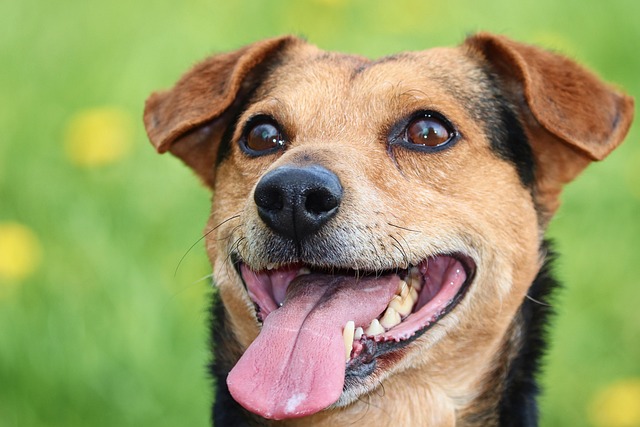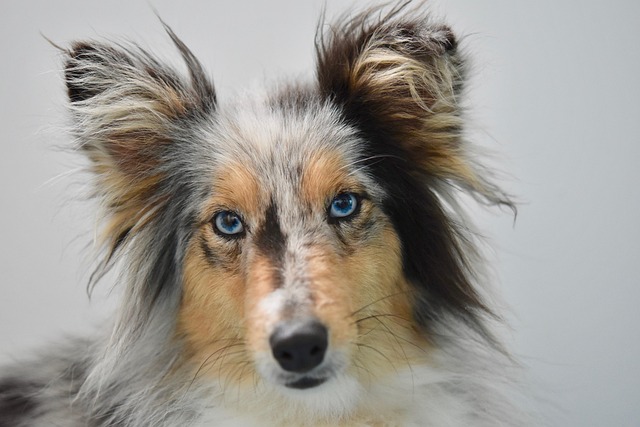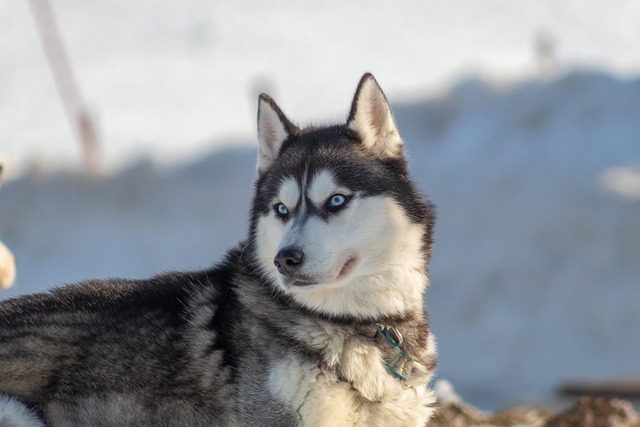Dogs are unable to verbalize their physical discomfort. They can only send distress signals to their most trusted owners through subtle changes. Judging whether a dog has a cold requires not only professional medical knowledge but also the owner's delicate love and care. Every careful observation and every anxious concern are a testament to the deep affection between the owner and the furry companion. We are eager to use our strength to dispel the haze of illness for them.
Although the physical structure of dogs has some similarities to that of humans, the symptoms of a cold in dogs have their unique characteristics. From a professional medical perspective, canine colds are mainly caused by viral or bacterial infections. Climate changes, failure to dry the dog in time after a bath, and staying in a poorly ventilated environment for a long time can all be inducing factors. When a dog has a cold, the most obvious symptoms often manifest in the respiratory tract. The originally clean and fresh nose starts to become wet, and transparent or slightly yellowish snot flows out, like a small "crystal curtain." They will sneeze frequently, and their small bodies tremble violently with each sneeze, a sight that is both pitiful and heart-wrenching.
Changes in the mental state are also an important basis for judging whether a dog has a cold. A healthy and lively dog is always full of energy, enthusiastic about toys, and will come running at the call of the owner. However, a dog with a cold seems to have all its energy drained and becomes listless. They no longer take the initiative to play, turning a blind eye to their favorite ball or chew toy, just lying quietly on the ground with dull eyes. Even when the owner calls softly, they only raise their heads slightly and quickly lower them again, as if they don't have the strength to keep their heads up. This transformation from liveliness to depression is like a sunny day suddenly shrouded in dark clouds, making the owner's heart heavy.
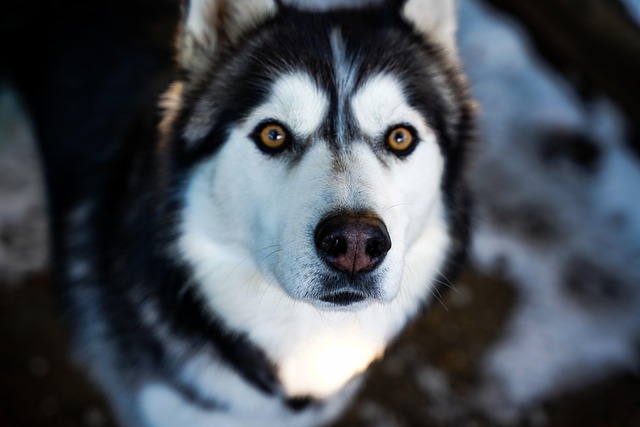 A decrease in appetite is also very common in dogs with a cold. The little guy that used to be excited at mealtime and circle around the food bowl now, when faced with fragrant dog food, just sniffs it and turns away. Some dogs even lose interest in their favorite snacks. Even if the owner waves the snack in front of them, they just lick it perfunctorily and then ignore it. The reduction in food intake causes the dog's originally round body to gradually lose weight, and you can clearly feel the outline of its bones when you touch it.
A decrease in appetite is also very common in dogs with a cold. The little guy that used to be excited at mealtime and circle around the food bowl now, when faced with fragrant dog food, just sniffs it and turns away. Some dogs even lose interest in their favorite snacks. Even if the owner waves the snack in front of them, they just lick it perfunctorily and then ignore it. The reduction in food intake causes the dog's originally round body to gradually lose weight, and you can clearly feel the outline of its bones when you touch it.
Abnormal body temperature is a key indicator for judging whether a dog has a cold. Under normal circumstances, a dog's body temperature is between 38°C and 39°C, slightly higher than that of humans. When a dog has a cold, its body temperature often rises. The owner can use a pet-specific thermometer to carefully measure the dog's body temperature. Gently insert the thermometer into the dog's anus or clip it inside the dog's thigh and wait for a moment to read the value. When you see that the number on the thermometer exceeds 39°C, or even reaches 40°C, a feeling of anxiety surges in your heart. Every increase in the scale is like a health alarm, reminding the owner that the dog is suffering from the illness and that action must be taken.
In addition to the above common symptoms, some dogs with a cold may also cough. Their cough sounds hoarse, as if there is something stuck in their throats, and their bodies vibrate with each cough. If the cold triggers a lung infection, the dog's breathing may become rapid, with its abdomen rising and falling quickly, and it may even show symptoms of dyspnea.
When the owner discovers these symptoms that suggest the dog has a cold, they often fall into a state of panic and self-blame. They blame themselves for not noticing the dog's discomfort in time and not taking better care of it. However, at this time, staying calm is of utmost importance. Take the dog to a pet hospital in a timely manner and let a professional veterinarian diagnose and treat it. The veterinarian will accurately determine the dog's condition through detailed inquiries, physical examinations, and may even conduct blood tests, X-ray examinations, etc., and formulate a targeted treatment plan.
Judging whether a dog has a cold is an "observational journey" that requires the owner's carefulness and patience. From the dog's subtle behavioral changes to abnormal physical indicators, every clue may point to a health problem. During this process, we accompany the dog, using love and professionalism to build a health defense line for them. When the dog regains its vitality under careful care and runs towards us wagging its tail, all the worries and fatigue turn into tears of happiness. This experience of going through difficulties with the dog not only makes us understand their physical condition better but also deepens the emotional bond between us.
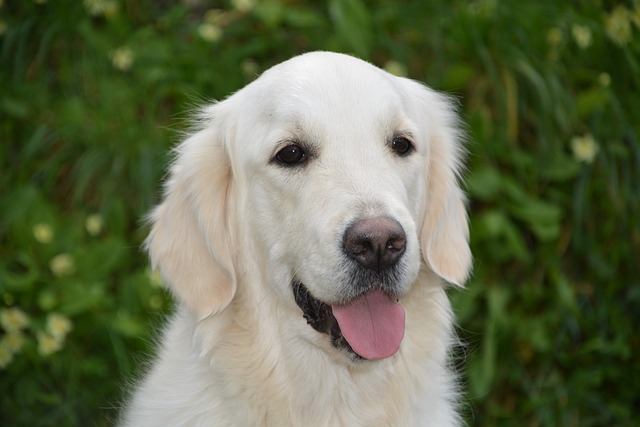
 A decrease in appetite is also very common in dogs with a cold. The little guy that used to be excited at mealtime and circle around the food bowl now, when faced with fragrant dog food, just sniffs it and turns away. Some dogs even lose interest in their favorite snacks. Even if the owner waves the snack in front of them, they just lick it perfunctorily and then ignore it. The reduction in food intake causes the dog's originally round body to gradually lose weight, and you can clearly feel the outline of its bones when you touch it.
A decrease in appetite is also very common in dogs with a cold. The little guy that used to be excited at mealtime and circle around the food bowl now, when faced with fragrant dog food, just sniffs it and turns away. Some dogs even lose interest in their favorite snacks. Even if the owner waves the snack in front of them, they just lick it perfunctorily and then ignore it. The reduction in food intake causes the dog's originally round body to gradually lose weight, and you can clearly feel the outline of its bones when you touch it.